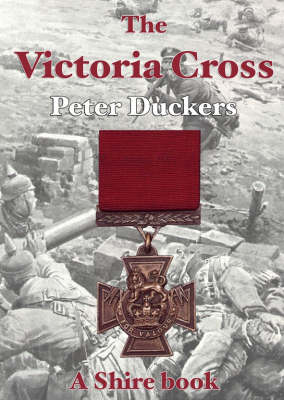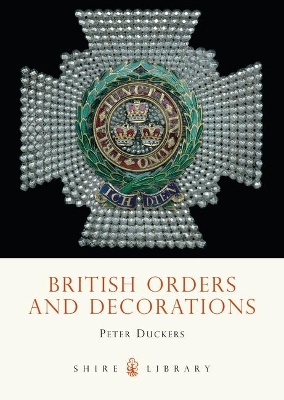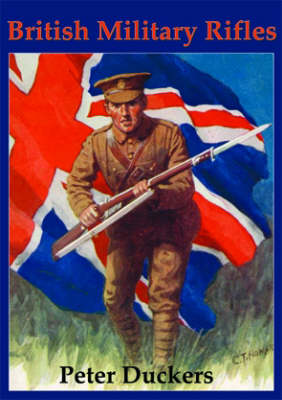Shire album
3 primary works
Book 4
The Victoria Cross, established in 1856 during the Crimean War, has remained to this day the highest British reward 'for valour' and is perhaps the most prestigious gallantry medal in the world. The VC has been earned in every theatre of war where British and Commonwealth soldiers, sailors, airmen and civilians have served. In this book the author describes and illustrates many of the medals and the men and women who have been awarded them together with the award citations which are always remarkable and sometimes astounding.
Book 424
This book introduces the insignia worn by members of British Orders of Knighthood and Chivalry. These Orders have existed since the early Middle Ages and were initially intended to unite important noblemen in bonds of loyalty to their monarch or to act as impressive rewards for their services. Over the course of time, appointments to Orders were made to distinguished persons for services rendered to the sovereign or to the state and they have survived into modern times as another means of rewarding people of all classes and occupations for their contribution at international, national or local levels. Some, like the 'Great Orders' of the Garter and the Thistle or the Order of Merit, remain the province of a very select few who have rendered service of signal importance, usually over a long period; others, like the Order of the British Empire, are made much more widely available and reward excellence or dedicated work in all spheres of life. There are those, like the Royal Family Orders or the Royal Victorian Order, which remain exclusively the prerogative of royalty or as rewards for special service to the royal family or sovereign.
The insignia worn by the various ranks within the Orders are often of the highest quality and exquisite workmanship and, like campaign medals and decorations, have become a popular field for collecting and research.
The insignia worn by the various ranks within the Orders are often of the highest quality and exquisite workmanship and, like campaign medals and decorations, have become a popular field for collecting and research.
Book 445
A spinning bullet leaving a 'rifled' barrel is much more accurate than a musket ball but the technology of grooving a barrel and shaping the projectile to make an efficient and reliable weapon has exercised military minds for centuries. Here is a concise history of the attempts to develop and improve the British Army's most important individual weapon - from the Ferguson of the American Revolution, to the Baker of the Napoleonic Wars, the Brunswick, the Snider, the Maritini-Henry and the famous Lee-Enfields - and the ammunition designed for it.


